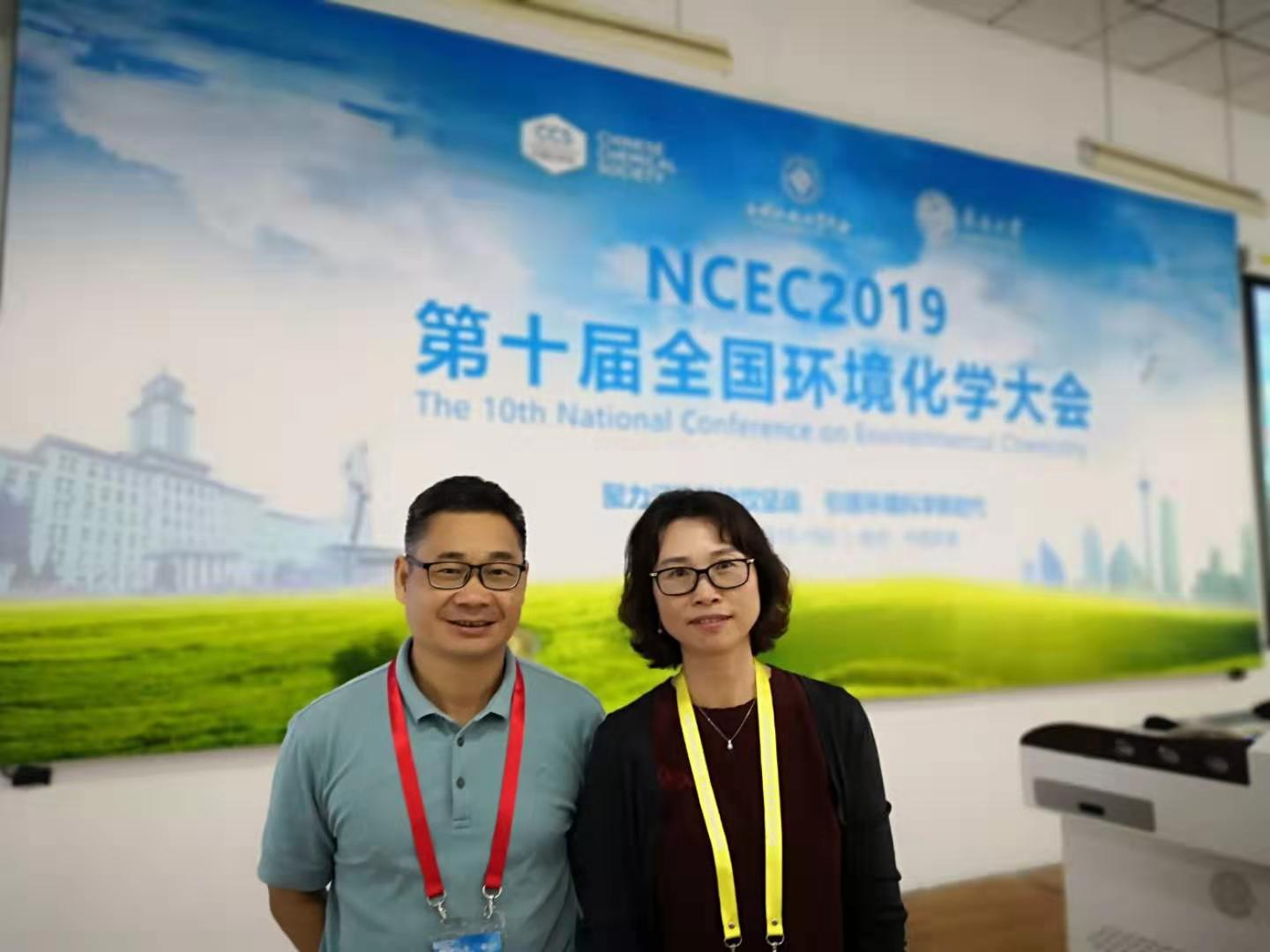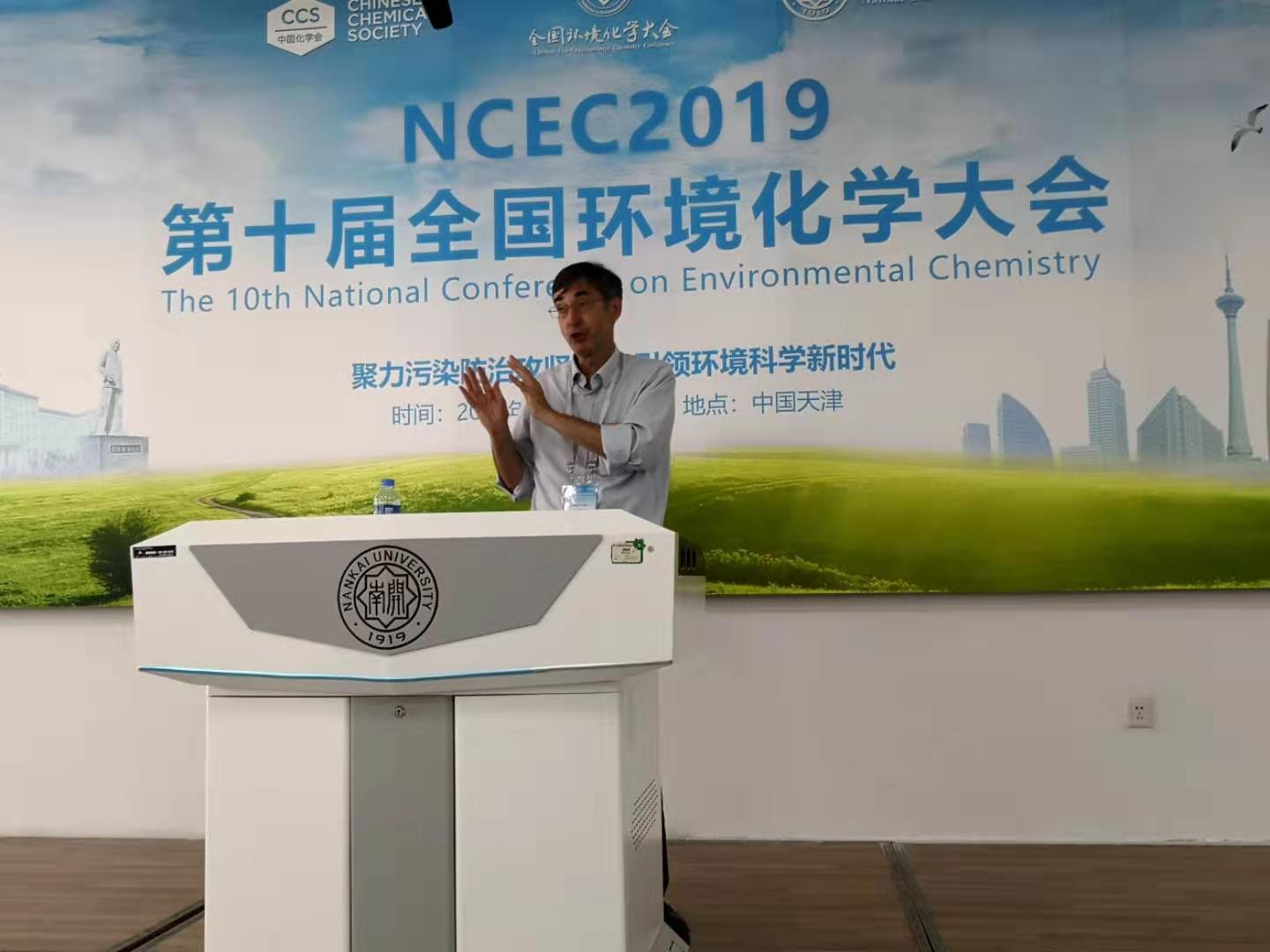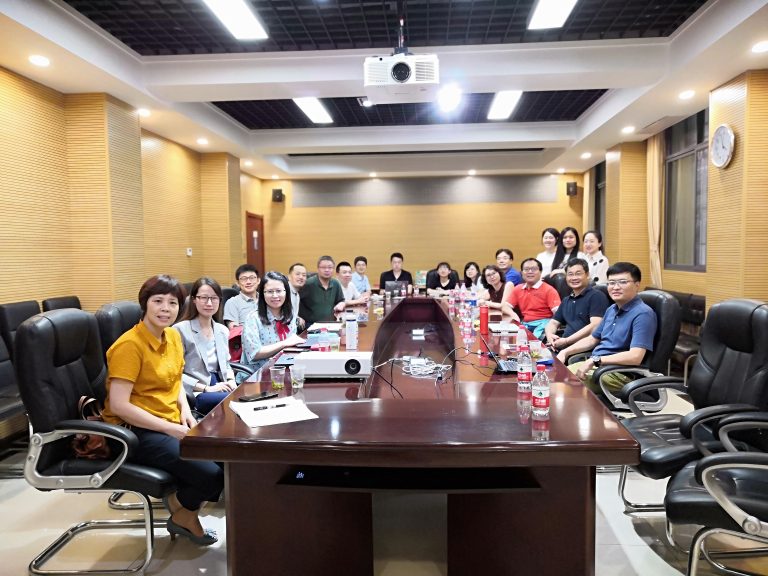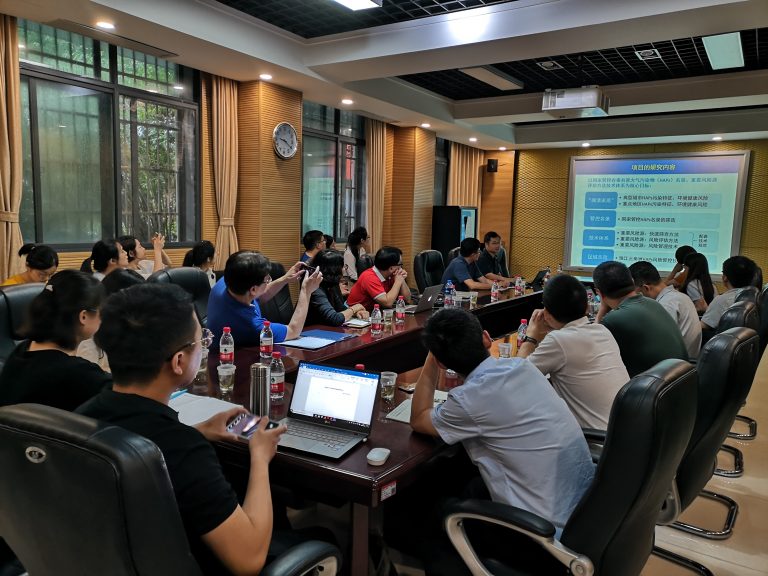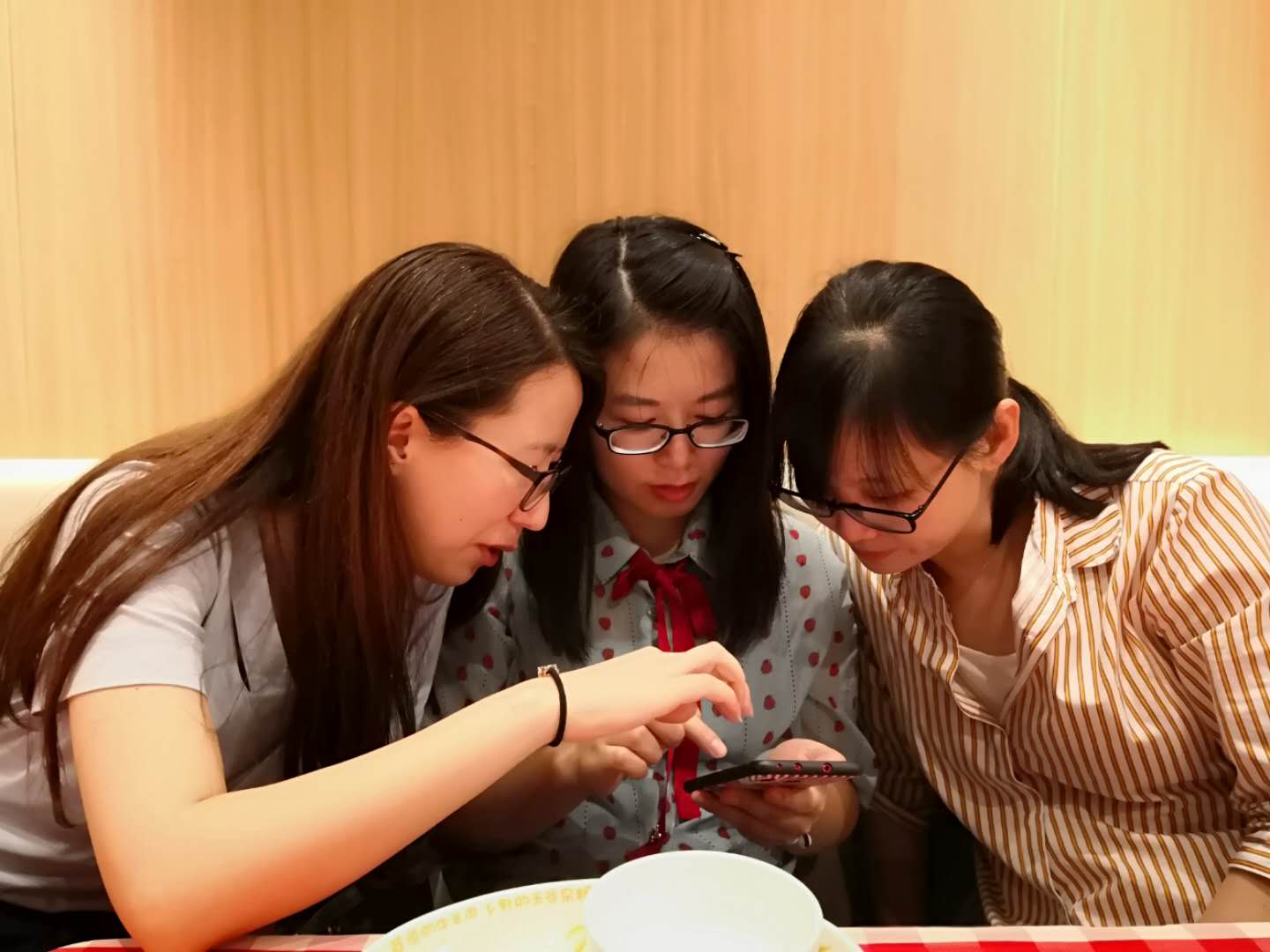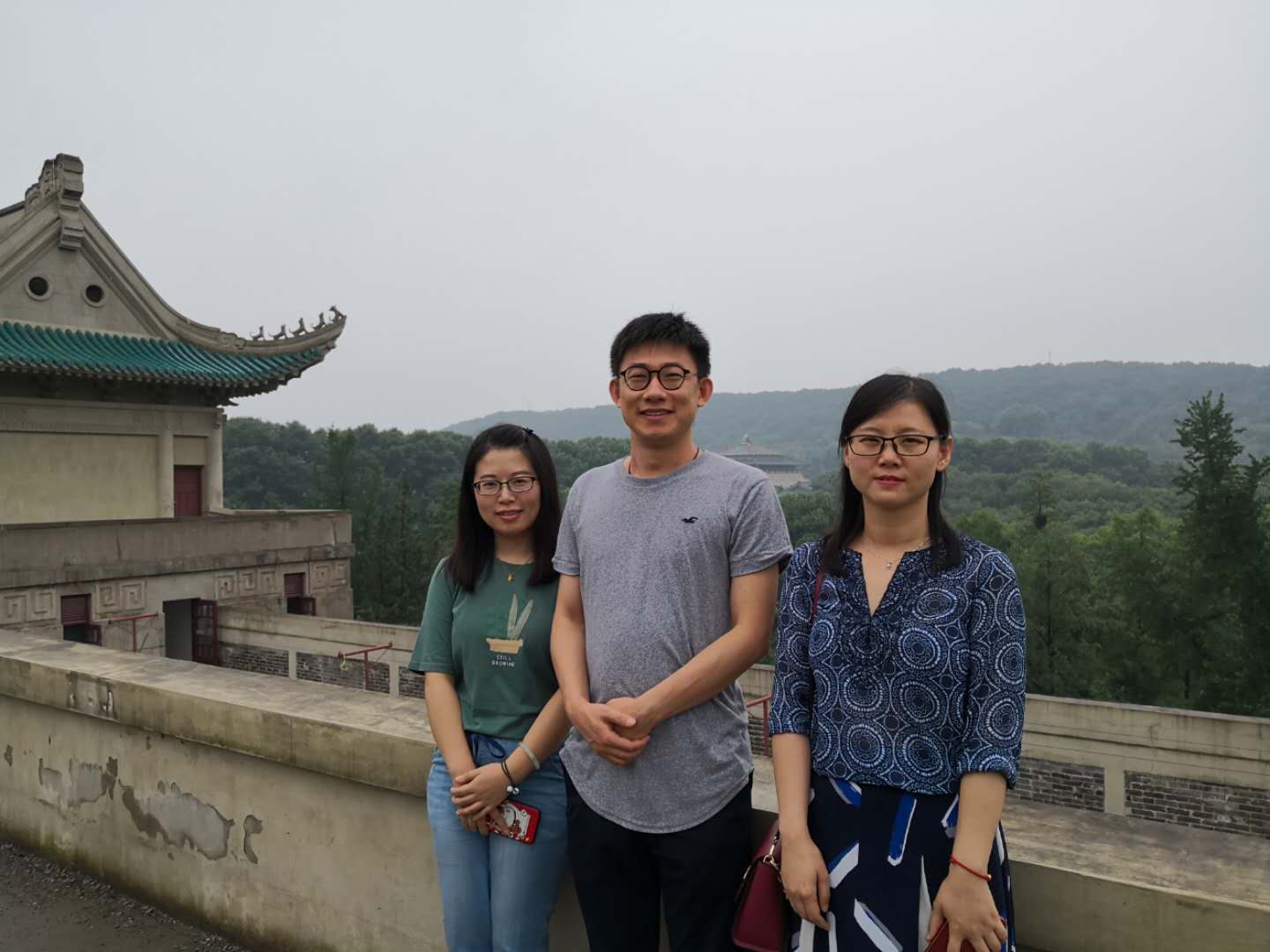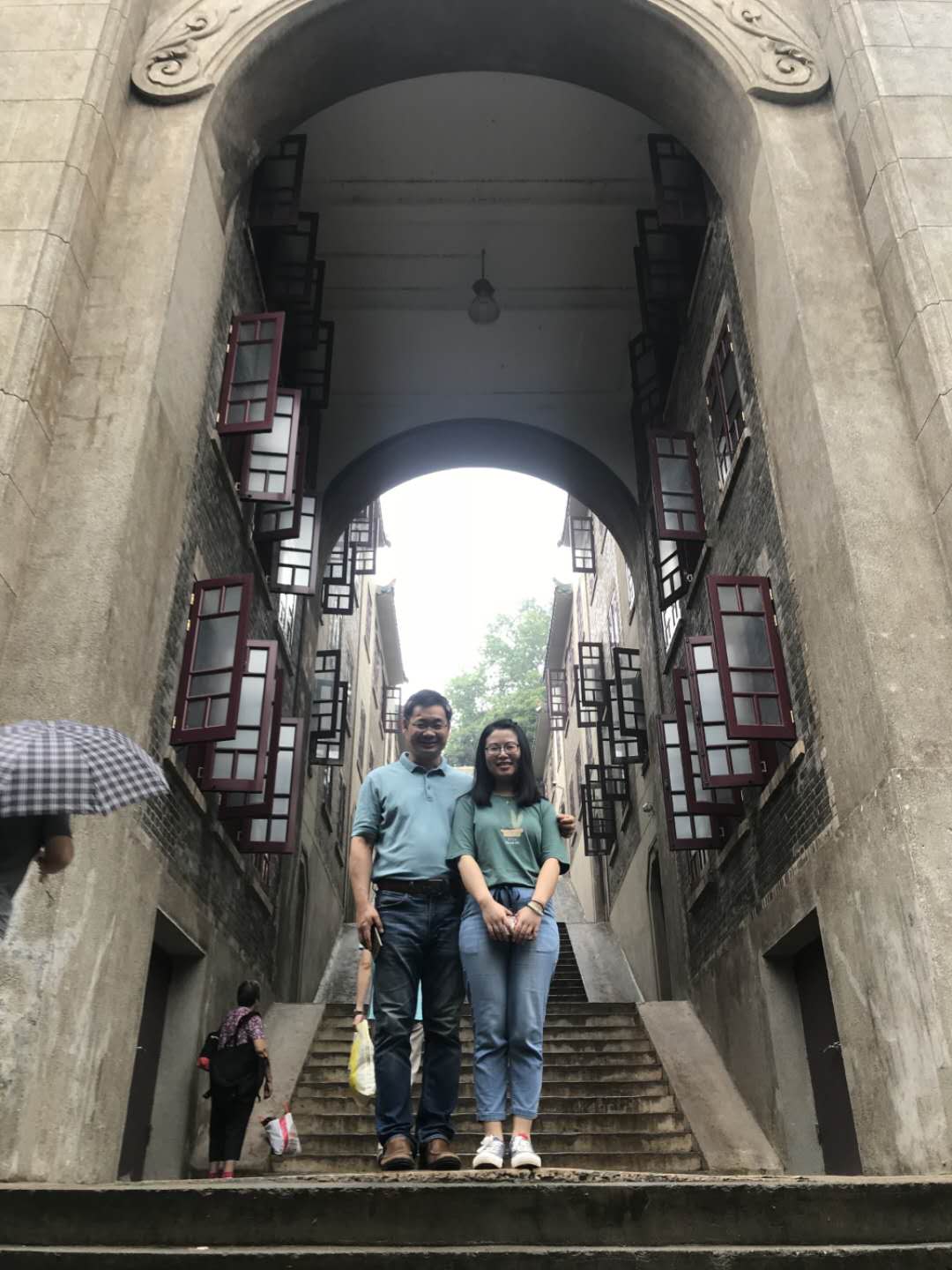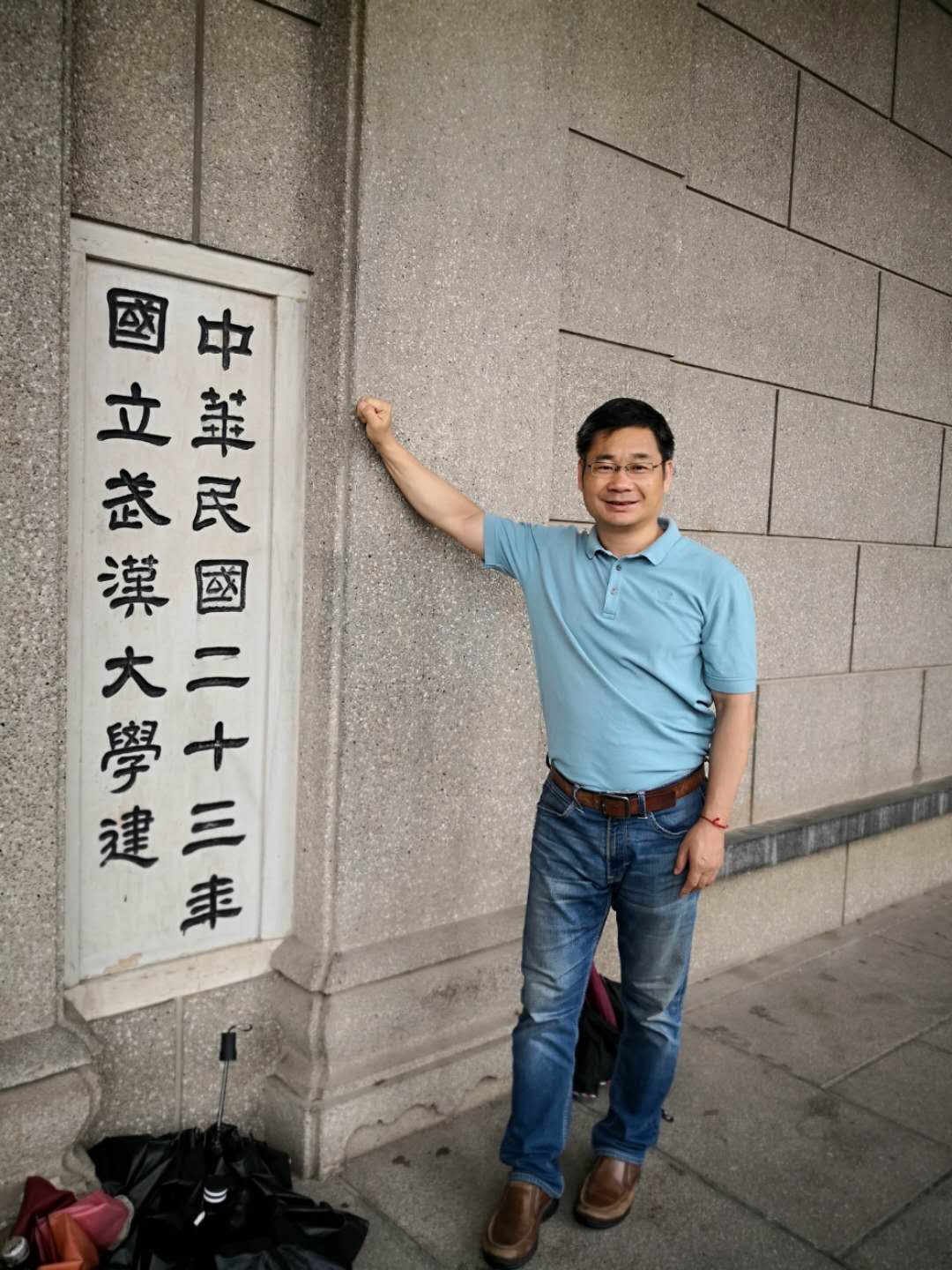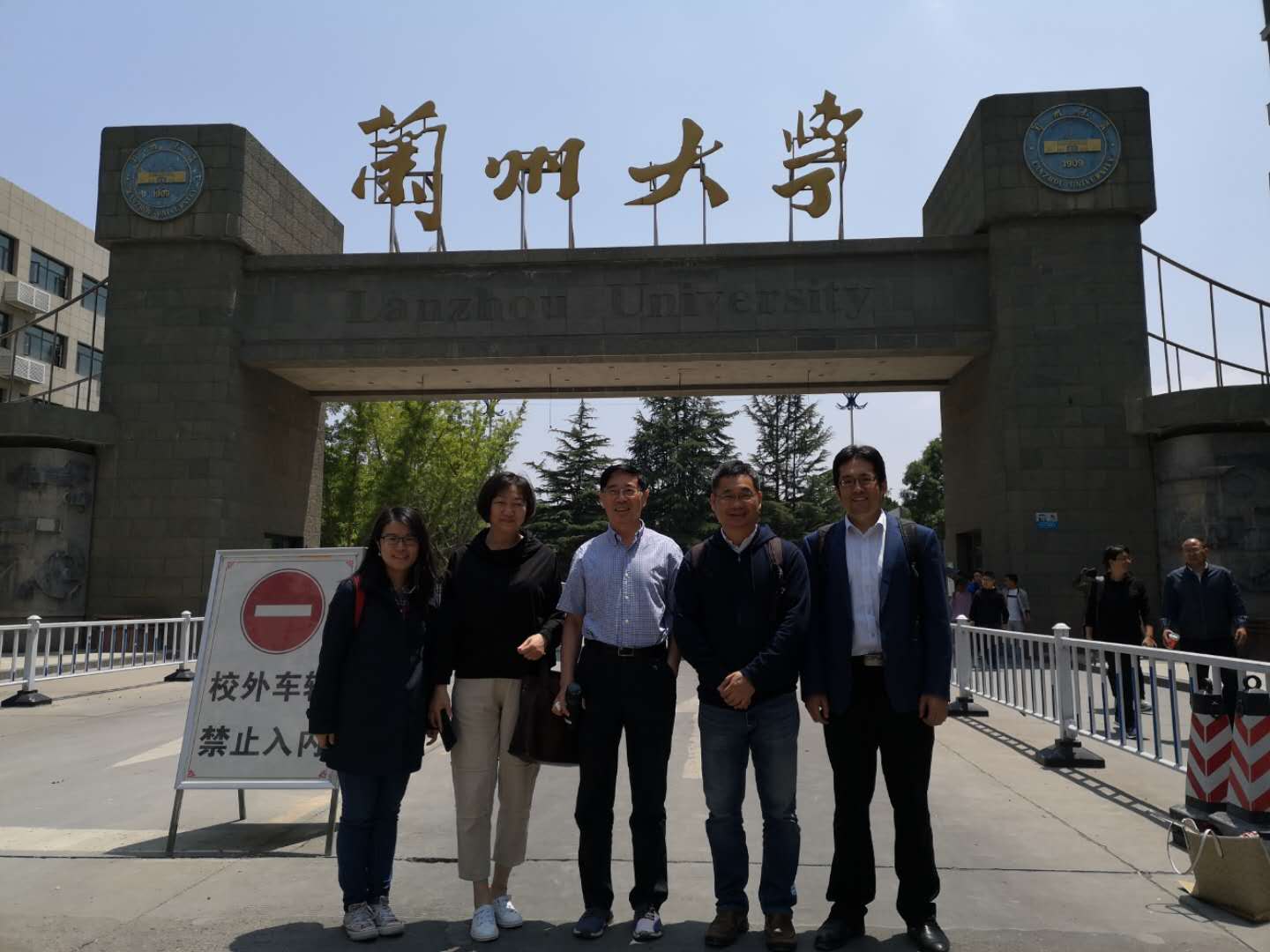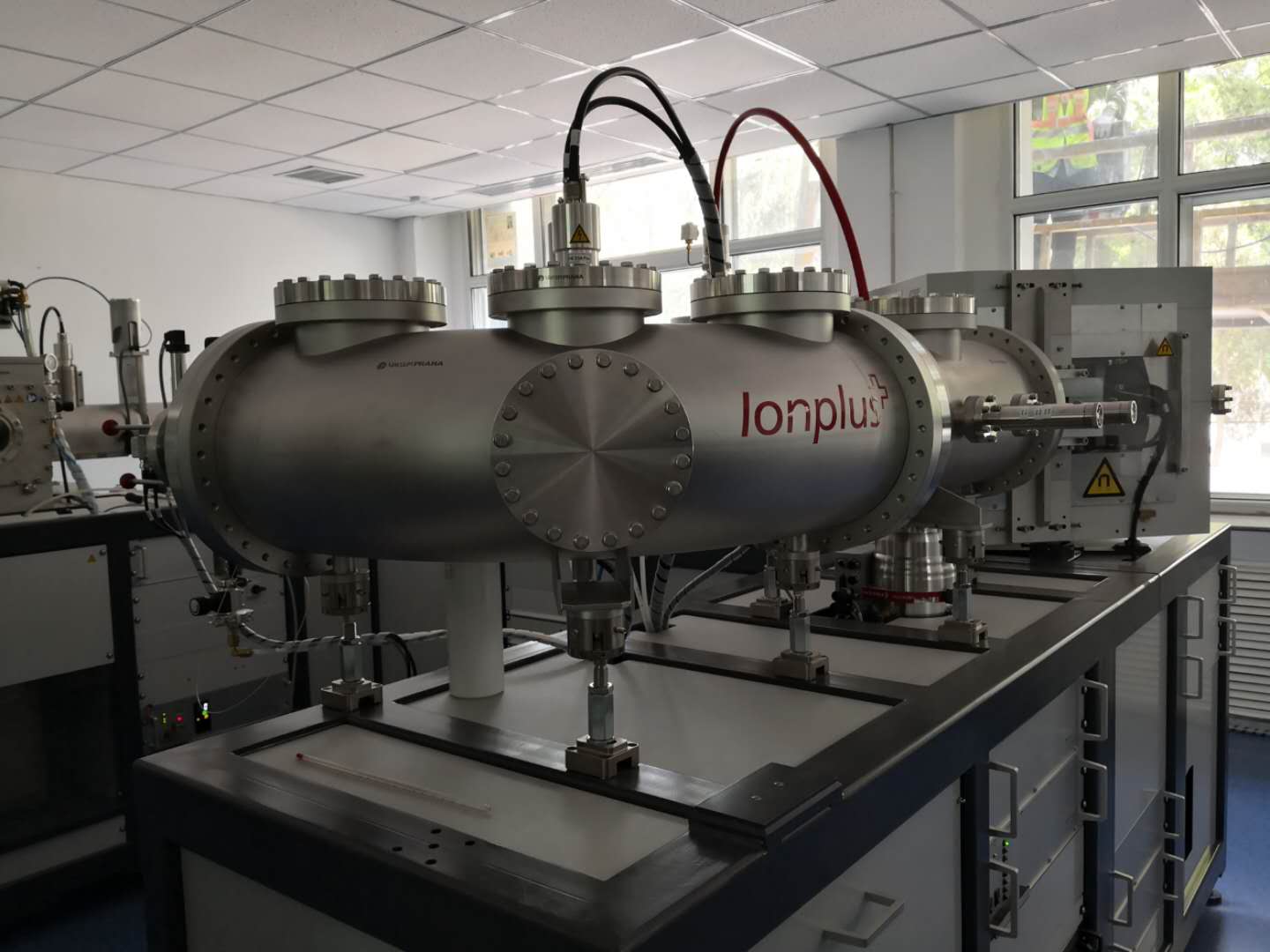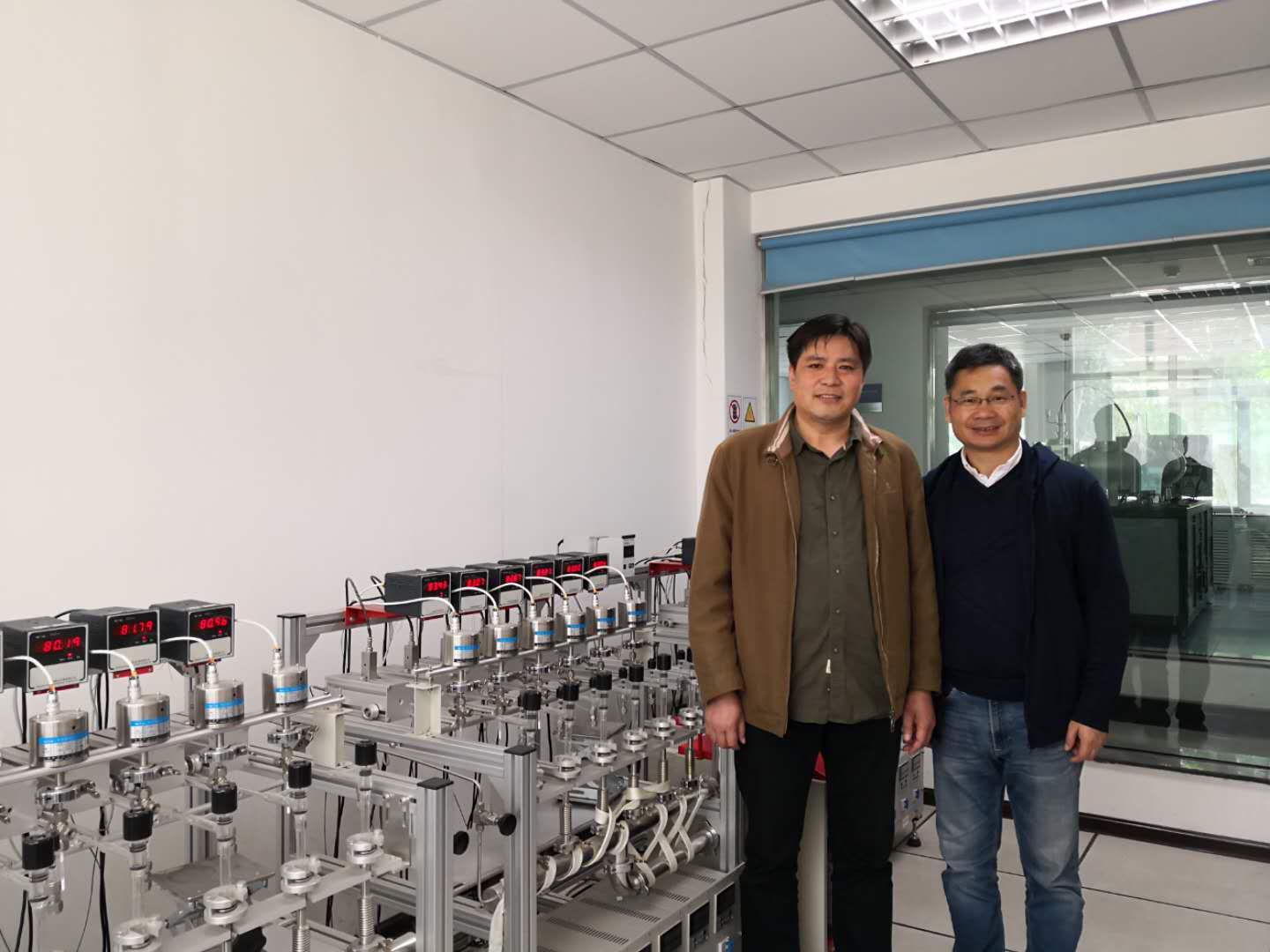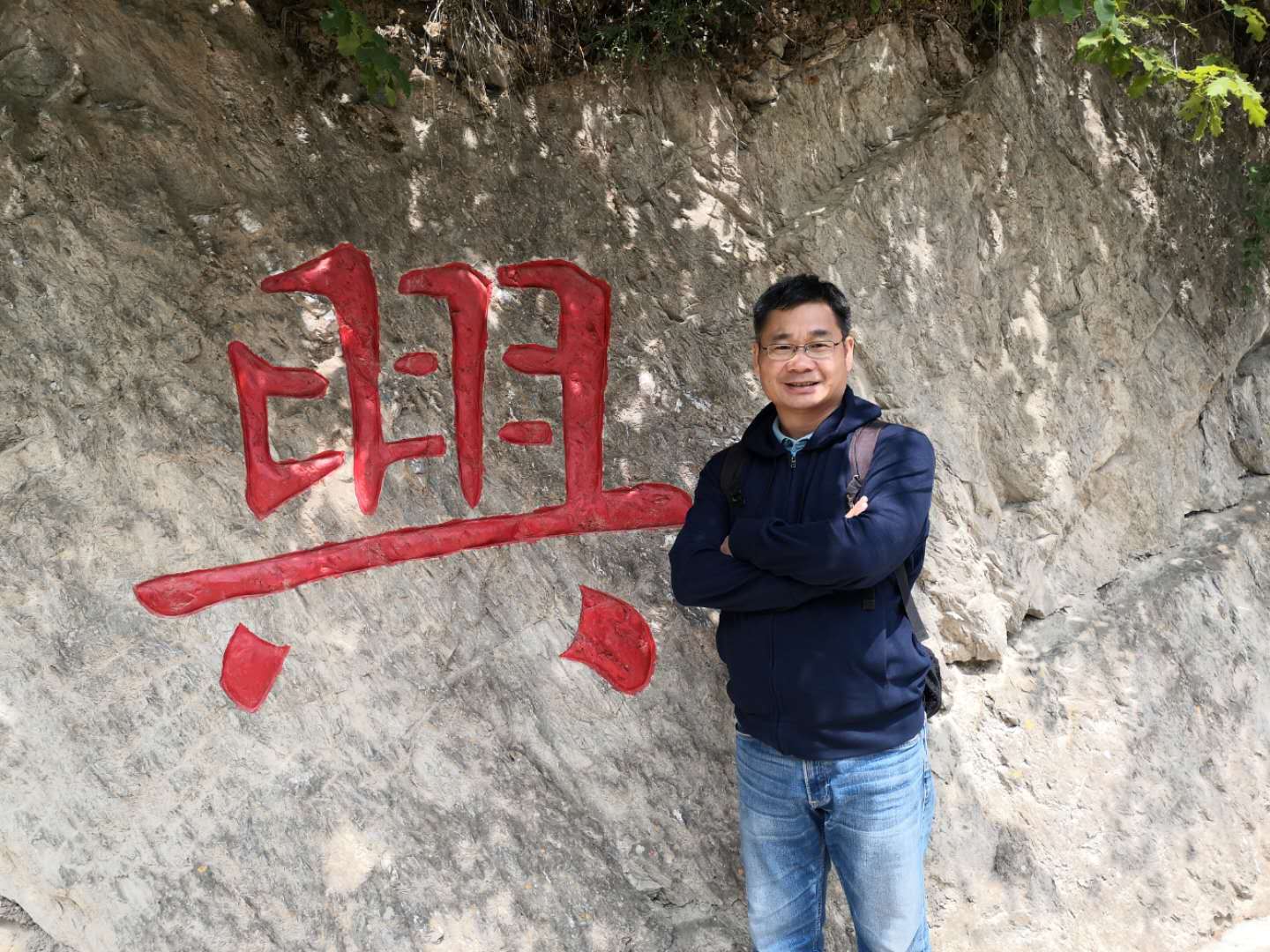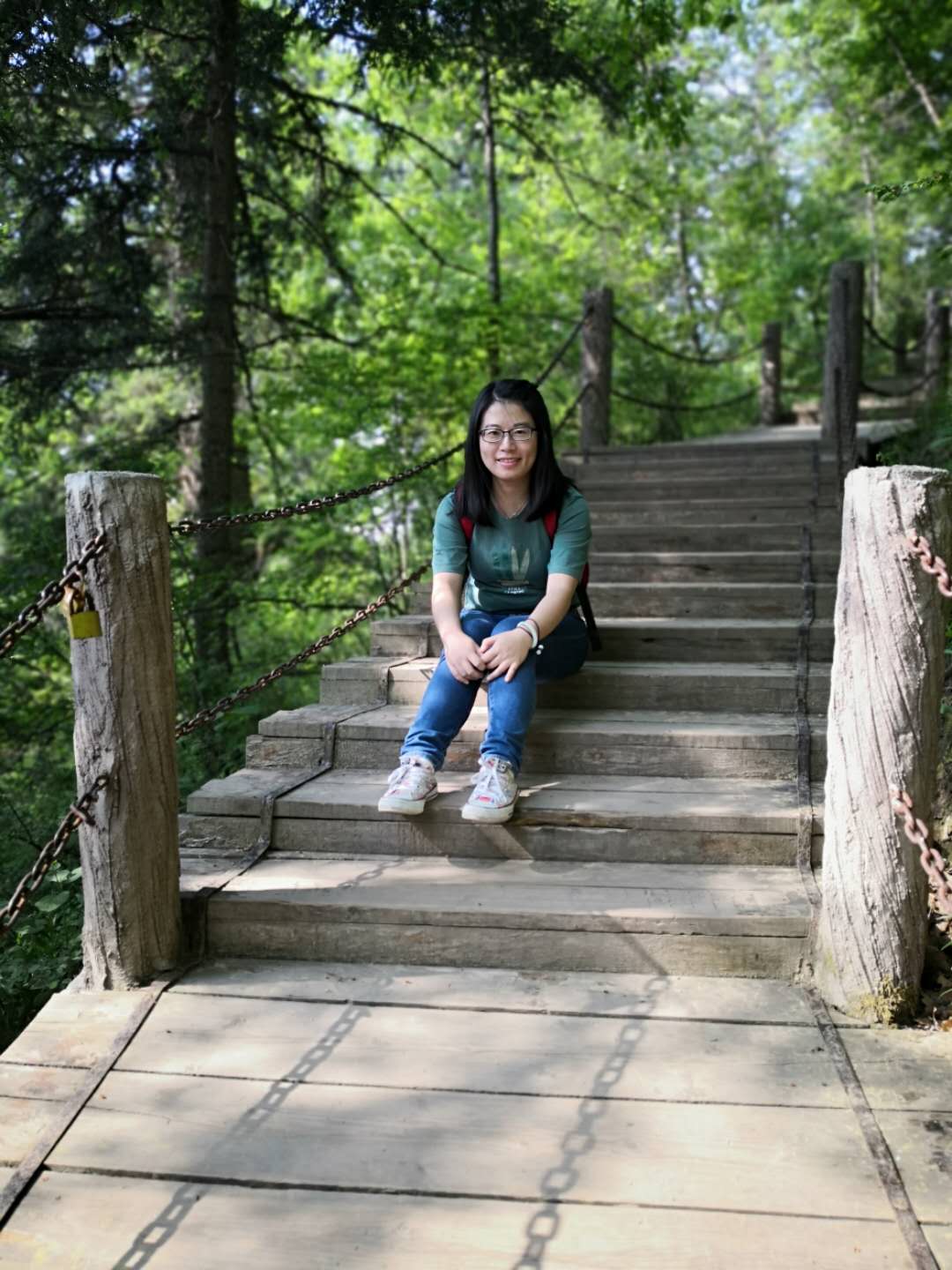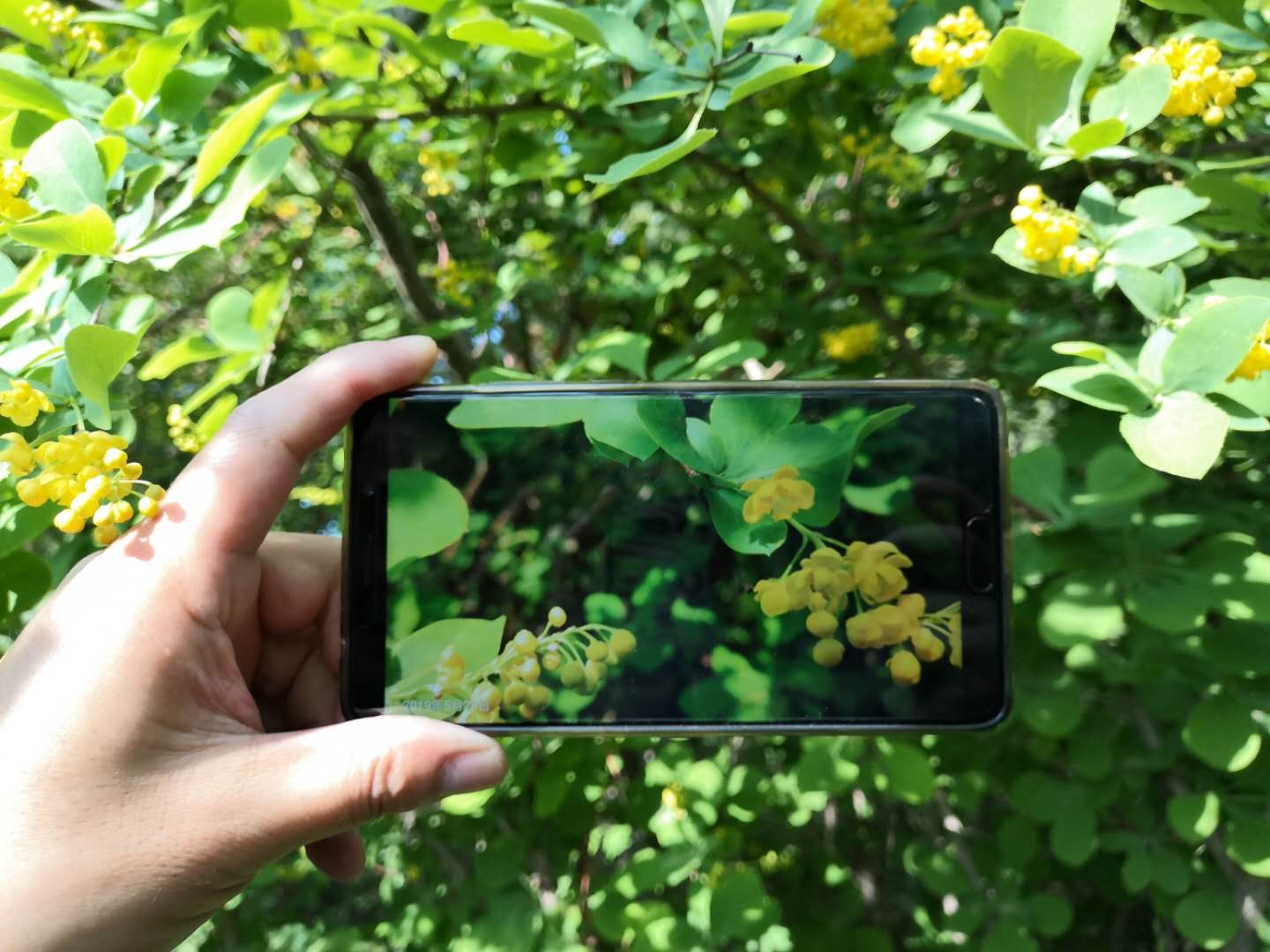On Aug 15-18, The 2019 National Conference of Environmental Chemistry was held in Tianjin, organized by Nankai University as part of the celebration of the University’s 100 anniversary. It was a huge conference with about 8,000 attendants. Gan gave two keynote talks on two sessions, respectively. The titles of the talks were ‘Source-sink processes of POPs in Asia’ (POPs session) and ‘POPs in the urban atmosphere of China’ (Emerging Contaminants session). Gan was very happy to meet Prof Mei Surong (梅素容)of Central China University of S&T (华中科技大学同济医学院)who is a member of the ATMSYC project. he was also happy to see a PhD student, Gong Xinying(龚新颖), of whom Zhao Zhen was one of the supervisors, in Nankai University. Former group members, Zhao Zhen, Zhang Yanlin etc also attended the Conference. Of course I met Kevin and Zhang Hao, again, and Kevin and I had an afternoon chat with coffee followed by drinks with Professor Liu Congqiang of Tainjin-U. Kevin was also invited to gave a keynote talk on the POPs session. And it was amazing that his and my talk fit extremely well and were highly supplementary with each other on the topic of global fate of POPs, although we did not know that both of us will be attending and same session ! Buddy no doubt!
With Professor Mei Surong, a member of the ATMSYC team.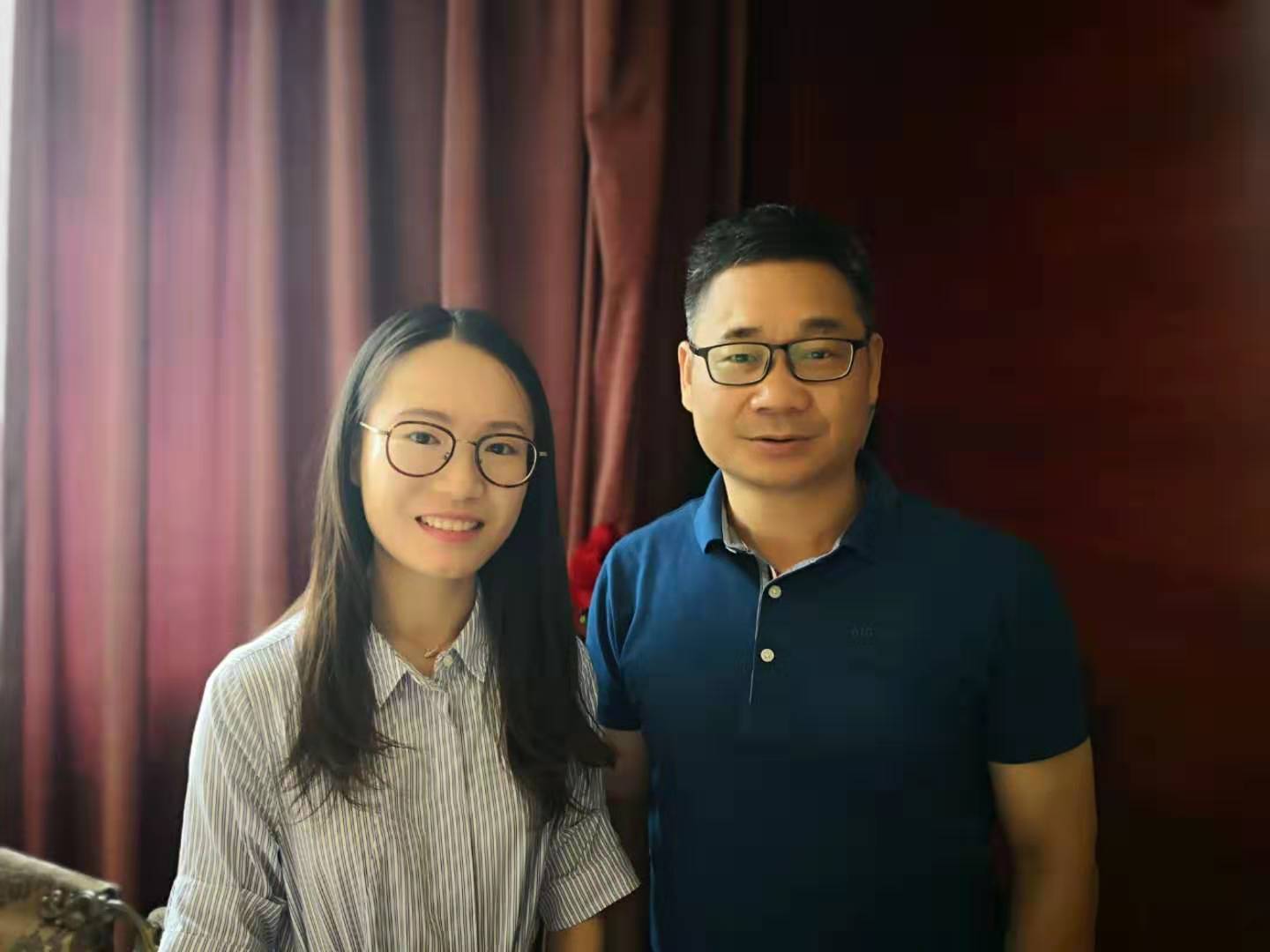
Gong Xinying of Nankai-U who worked with Zhao Zhen.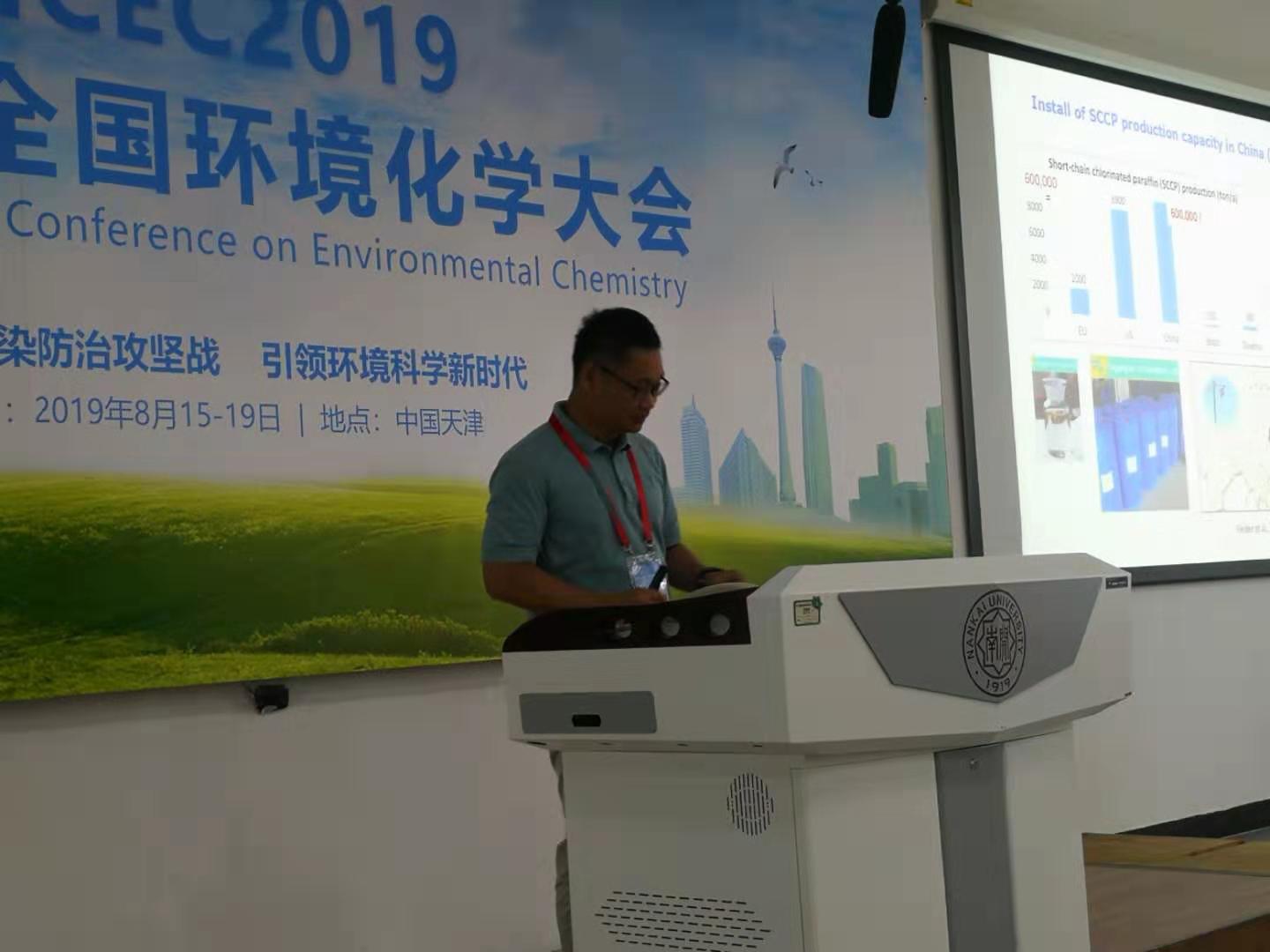
Giving talks, and chairing the EC session.
Kevin was also invited to gave a keynote talk on the POPs session. I was happy to Chair part of the POP session.

